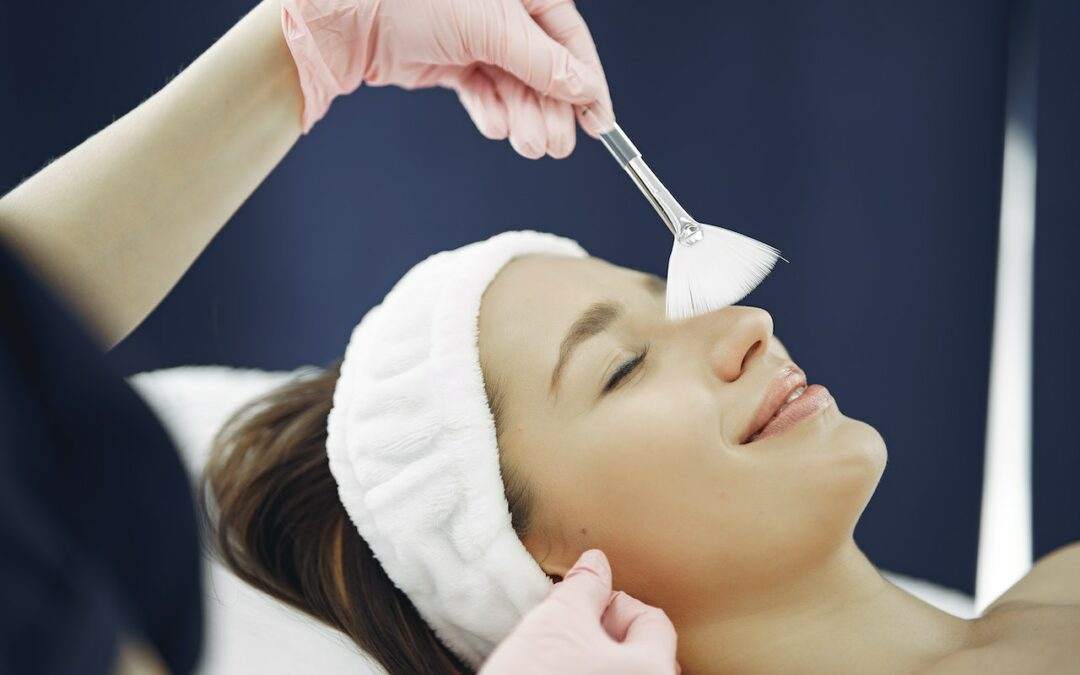In the ever-evolving sphere of cosmetic treatments, chemical peels have successfully carved out their niche as an effective and versatile solution for various skin concerns, from acne scars and hyperpigmentation to signs of aging. At Modern Medical Aesthetics & Wellness, our team is dedicated to providing clients seeking non-invasive cosmetic improvements with a range of advanced medical aesthetic services, including tailored facial treatments. In this comprehensive guide, we will explore the fascinating world of chemical peels, offering insights into their realm of benefits, types, and best practices for achieving the vibrant, smooth skin of your dreams.
Chemical peels are a non-surgical skincare treatment that employs chemical solutions to remove the outermost layers of dead or damaged skin cells, encouraging cell turnover and revealing fresh, radiant skin beneath. By exfoliating these dull, lifeless cells, chemical peels not only improve the skin’s texture and tone but can also address a panoply of skin concerns. Ranging from mild to deep, chemical peels are designed to cater to a diverse collection of skin types, conditions, and sensitivities.
Types of Chemical Peels: Selecting Your Perfect Match
Chemical peels come in a variety of strengths and formulations, each designed to address specific skin concerns and sensitivities. Understanding the nuances of each peel type is essential in selecting the perfect treatment for your unique skin. Here are the three main categories of chemical peels along with their key characteristics:
- Superficial Peels: Also known as light or lunchtime peels, superficial peels gently exfoliate the outer layer of skin using mild acids like alpha-hydroxy acids (AHAs) or beta-hydroxy acids (BHAs). They are ideal for reducing the appearance of superficial skin imperfections, such as fine lines, uneven tone, and minor acne scarring. With minimal downtime, this peel is perfect for clients with sensitive skin or for those seeking a subtle, refreshed glow.
- Medium Peels: Medium-grade chemical peels penetrate deeper into the skin layers, employing stronger acids like trichloroacetic acid (TCA) to treat moderate skin concerns. They are effective in addressing textural issues, hyperpigmentation, and moderate signs of aging. Recovery time is generally longer than for superficial peels, but the results are more pronounced and transformative.
- Deep Peels: Reserved for clients with serious skincare concerns, deep peels utilize potent chemicals, such as phenol, to penetrate the lower dermal layers. These intensive treatments can significantly improve deep-set wrinkles, severe scarring, and extensive sun damage but are accompanied by a longer recovery period.
Benefits of Chemical Peels: Addressing a World of Skin Concerns
Chemical peels hold the potential to transform your skin from the inside out, addressing a diverse array of skin concerns. Among the many benefits of chemical peels, you can expect to see improvements in:
- Skin Tone and Texture: By exfoliating the outer layers, chemical peels reveal fresher, smoother skin with a more even tone and refined texture.
- Fine Lines and Wrinkles: Chemical peels encourage collagen production, reducing the appearance of fine lines and wrinkles for a more youthful, vibrant complexion.
- Acne and Acne Scars: By unclogging pores and controlling sebum production, chemical peels can alleviate mild to moderate acne. They also possess the ability to improve the appearance of acne scars by promoting cell renewal.
- Hyperpigmentation: Dark spots and uneven skin tone caused by sun damage, melasma, or post-inflammatory hyperpigmentation can be reduced with certain chemical peels, especially those containing acids like glycolic or lactic acid.
Preparing for Your Chemical Peel Journey
To ensure optimal results and minimize potential complications, proper preparation is essential before your chemical peel treatment. Consider implementing these recommendations leading up to your appointment:
- Schedule a thorough consultation with your skincare specialist to assess your skin concerns and determine the most suitable type of chemical peel for your needs.
- Prioritize sun protection by limiting your exposure to UV rays and diligently applying a broad-spectrum sunscreen to reduce the risk of hyperpigmentation and uneven results.
- Discontinue the use of retinoids or other potentially irritating skincare products approximately one week before your treatment to reduce the likelihood of adverse skin reactions.
Aftercare and Maintenance for Your Newfound Glow
Your skin will need some time to recover following your chemical peel treatment. To ensure a smooth healing process and maintain your radiant results, implement these aftercare tips:
- Adopt a gentle skincare routine to minimize irritation, using a mild cleanser and lightweight moisturizer.
- Avoid direct sun exposure during the healing period, and apply a broad-spectrum sunscreen with SPF 30 or higher daily.
- Allow your skin to shed naturally, without any picking or scrubbing, to prevent scarring or further damage.
- Stay in regular communication with your skincare specialist, seeking guidance on when to resume your regular skincare routine and schedule follow-up treatments if necessary.
Conclusion
As an advanced medical aesthetic service, chemical peels have revolutionized the world of skincare by offering safe, targeted solutions for a wide range of skin concerns. Armed with an understanding of the various chemical peel options available to you, as well as how to prepare for and maintain your treatment results, you’ll be well on your way to a fresher, more vibrant complexion.
With the capable team at Modern Medical Aesthetics & Wellness by your side, you’ll be one step closer to unveiling your most radiant and rejuvenated complexion yet. Consult our modern aesthetic clinic to explore the transformative power of chemical peels and discover how this incredible treatment can bring out the true beauty of your skin.

